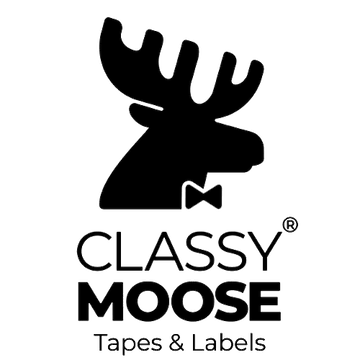
The Best Way to Label Your Hazardous Materials: A Guide to Safety and Compliance
Proper labeling of hazardous materials isn’t just good practice, it’s the law. Whether you're handling chemicals, transporting dangerous goods, or working in a lab or warehouse, accurate labeling is critical for safety, regulatory compliance, and environmental responsibility.
But what’s the best way to label hazardous materials? Let’s break it down.
Why Hazardous Material Labeling Matters
Mislabeling or under-labeling hazardous materials can lead to:
-
Accidents and injuries
-
Environmental contamination
-
Fines and legal consequences under OSHA, DOT, GHS, or international regulations
-
Delays in transportation and logistics
Labeling correctly helps ensure that everyone who comes into contact with a substance: employees, transporters, emergency responders, knows exactly what they’re dealing with.
The Best Practices for Labeling Hazardous Materials
1. Follow the Globally Harmonized System (GHS)
The GHS provides an international standard for classifying and labeling chemicals. Labels should include:
-
Product Identifier (e.g., chemical name)
-
Signal Word: “Danger” or “Warning”
-
Hazard Statements: Descriptions of the nature and severity of the hazard
-
Pictograms: Standardized symbols like flames, skull and crossbones, or corrosive icons
-
Precautionary Statements: Safe handling, storage, disposal, and emergency measures
-
Supplier Information: Name, address, and contact info
GHS labels are required under OSHA’s Hazard Communication Standard (HazCom 2012) in the U.S.
2. Use Durable, Chemical-Resistant Labels
Hazardous materials often involve harsh environments. Your labels should be:
-
Waterproof, oil-proof, and abrasion-resistant
-
Adhered securely to containers (not falling off due to condensation or spills)
-
Legible and durable over time
Using BS5609-compliant labels is essential for marine transport and high-risk situations.
3. Color-Code Where Appropriate
Color coding helps with quick visual identification, especially in busy or high-risk environments:
-
Red for flammable
-
Yellow for reactive
-
Blue for health hazards
-
White for contact hazards (corrosive, radioactive, etc.)
Make sure your color coding aligns with NFPA (National Fire Protection Association) or HMIS (Hazardous Materials Identification System) standards.
4. Label Secondary Containers
Transferring chemicals from a primary container? Label the secondary container too. OSHA requires secondary containers to be labeled unless used immediately by the person who transferred the material.
Tip: Use pre-printed GHS secondary labels or thermal transfer printers for small batches.
5. Train Your Team
Even perfect labels are useless if employees don’t understand them. Provide training on:
-
Reading and interpreting labels and Safety Data Sheets (SDS)
-
Responding to spills, exposures, or leaks
-
How to label new containers and mixtures
Common Labeling Mistakes to Avoid
-
Using handwritten or faded labels
-
Leaving out critical GHS elements
-
Not updating labels after repackaging or mixing
-
Assuming everyone knows what's inside a container
Bonus Tip: Invest in a Label Printing System
If you're handling multiple hazardous materials, consider a GHS-compliant label printer. These systems let you:
-
Customize labels with barcodes, logos, or batch codes
-
Print on-demand for better inventory control
-
Ensure every label meets regulatory standards
Final Thoughts
Labeling hazardous materials properly is not just a legal requirement, it’s a core part of workplace safety. By following GHS standards, using durable materials, and training your team, you can protect your employees, avoid fines, and build a stronger culture of safety and compliance.
Need help choosing the right labels or printing system?
Get in touch with our team, we can guide you toward the best solutions for your facility like Warning labels or Dangerous Goods Labels.
